To me, Yves Klein’s 1960 Leap Into the Void is a demonstration of freedom.
In 1957 Heinz Mack and Otto Piene founded an artist’s group in Düsseldorf, West Germany, that they called "Group Zero". They chose that name, as Piene explained in 1964, to indicate “a zone of silence and of pure possibilities for a new beginning as a countdown when rockets take off.”
This is the best way I can describe what happened to me in the fall of 1980.
In July of 1980, my mom and dad drove me from White Bear Lake, Minnesota to West Point, New York. I was starting Beast Barracks at the United States Military Academy. Beast Barracks is basically boot camp.
After a summer of “fun”, I entered the Corps of Cadets as a plebe, lower in rank then the Superintendent’s dog. During that long freshman year, plebes were basically not allowed to leave the Academy. Following that first school year, cadets spend the summer at Camp Buckner to learn more about military life. So for more than a year, I was pretty much isolated to the Academy - my Rockbound Highland Home, as they say.
Outside of our rooms, plebes were not allowed to “fall out” or relax in many places at the Academy. But one place we were allowed to “fall out” was in the Cadet Library, which was huge and cavernous. One day, while exploring this labyrinth of books, I made my way to the basement. It was a dark space that had a few glass-doored offices. In each of the offices was a table, a chair, a record player, and headphones. Outside these offices was a long, double-sided case of records. Records of all types, except rock. There were a few folk and blues records, but not that many. The vast majority of records were historical, classical and Jazz of all types. I mean hundreds of Jazz LPs. I had struck gold. In fact, I had found “Ground Zero”!
Oddly enough, I still remember the first jazz record I pulled out of the cases:
I listened to it many times in those glass-doored offices. I had never heard anything like this. They hadn’t play this stuff on the local smooth jazz radio station back home. I do remember liking the Monk tunes the most, Blue Monk and ‘Round Midnight, but this is not what I would now call a particularly good record. It was a start though. And the names on that album were special. In particular Monk and Gillespie as I would one day find out.
I think the second record I pulled out was Kind of Blue.
To put this in perspective, this is like hitting a hole-in-one on the second time you ever go golfing. Kind of Blue is only the greatest jazz album of all time, and I pulled this one out of the Academy library cases of some 300 records - mostly because I liked the cover. Amazing.
This is my favorite from that classic album:
When I heard this album, I was like Yves Klein leaping into the void - a jumping off point into the world of modern jazz.
The jazz collection at the Cadet Library still blows my mind. How did they get there? And why? Here are a few of the very first ones I remember:
I pulled most of these out of the case because they had cool covers. Strange how so many classic LPs found their way to such a hidden bunker in a fortress along the Hudson river in New York.
I never found anyone else in this record-filled basement. In the end, I was once again a solitary figure. Where I had once been the solitary kid at home watching old movies on TV, I was now a solitary young man listening to jazz in the basement of the Cadet Library. It seems, for most of my life, I have been on a solitary sojourn - where I found some comfort. I recently ran across a great line while watching a friend of mine Eva Ilona Brzeski’s award-winning documentary film, This Unfamiliar Place: “I liked the loneliness and the feeling of adventure.” You can find her film here. That quote really sums up how I was feeling during my early college years.
Finally, during my sophomore year, we were allowed to take weekend passes. With a new found interest in jazz, I would catch the bus in Highland Falls and spend the weekend down in NYC. I’d stay at the Soldiers’, Sailors’ and Seamens’ Club on North 285 Lexington Ave. The bus would drop me at Port Authority, and I’d walk down 42nd street to Murray Hill, where the club was located.
During the day, I’d catch the subway down to Greenwich Village and hang out. There was a record store there that I liked, probably this one:
At night, I’d walk around NYC and catch some music somewhere.
As I said last week, when I was a senior in high school, I ran across my brother’s Santana LP Welcome. This album captivated me. One song in particular was special - I should note this more of a rock/jazz fusion interlude:
Listening to this with headphones was stunning. Who was the other guitar player? That guy played with an edge. I checked the album and it was John McLaughlin. Loved him. I went to the record store looking for something by him and found this one:
This LP has a version of A Love Supreme. That was the first time I had ever heard this song, at this point, I had never even heard of John Coltrane. I would like to share this one with you:
That’s another John Coltrane song.
So a couple years later, as I looked through the record stores in Greenwich Village, I knew a little about John McLaughlin. While hunting for albums at Bleecker Bob’s, I found this one - the first record I bought outside Minnesota: The Best Of John McLaughlin. What was the double guitar thing here!
There are some great tunes on this LP, like New York On My Mind and Face to Face (check this one out here). But I think the one song that spoke most to my loner sensibility at that time was The Unknown Dissident:
David Sanborn plays sax on this tune.
On my second trip, I bought Electric Guitarist.
I love this one from that album:
This was kind of how I operated - find a song or a musician I liked, hunt their music down, read the liner notes, and find other musicians I liked and so on…. I was like a musical blood hound. Now, back in the early 1980s, it was much more difficult to locate this stuff or any information surrounding jazz - this was a time when jazz was dead and Disco and Rock were all the rage. We had no Internet or YouTube. You had to hit the streets and mine this music. In fact, the joy was in the hunt.
I remember an important event from 1983 that made that hunt a lot easier: Tower Records!
Sometime in 1983, Tower Records opened in Greenwich Village on E. 4th St. and Broadway. Here it is:
I think it had four stories and a whole floor of jazz - maybe not the whole floor! I didn’t buy a ton of albums there. It was just a vast extension of the Cadet Library. I would read the linear notes, take down some notes, follow the trail to other musicians, maybe buy a record or two, and go back to “Ground Zero”.
As a side note, here’s the trailer for the cool Tower Records documentary:
Ultimately, “Ground Zero” was my place to leap into the void and discover my Freedom Jazz Dance. And I’ll end with just that:
Next week, we journey into the jazz clubs of Greenwich Village, like Sweet Basil, the Blue Note, Fat Tuesday’s, and the Village Vanguard. It was there that I came face to face with the sound of Jazz….
Journey Guide Note:
This newsletter will not be linear in time, as it has been so far. “Ground Zero” marks the time that we will take detours and double back, cover older jazz and/or move ahead to new jazz.; however, these detours will always be in someway connected to the journey - I will follow a trail.
If you like what you’ve been reading and hearing so far on our journey, please share my newsletter with others - just hit the “Share” button at the bottom of the page.
Feel free to contact me at any time to talk shop. I welcome and encourage that….
Until then, keep on walking….


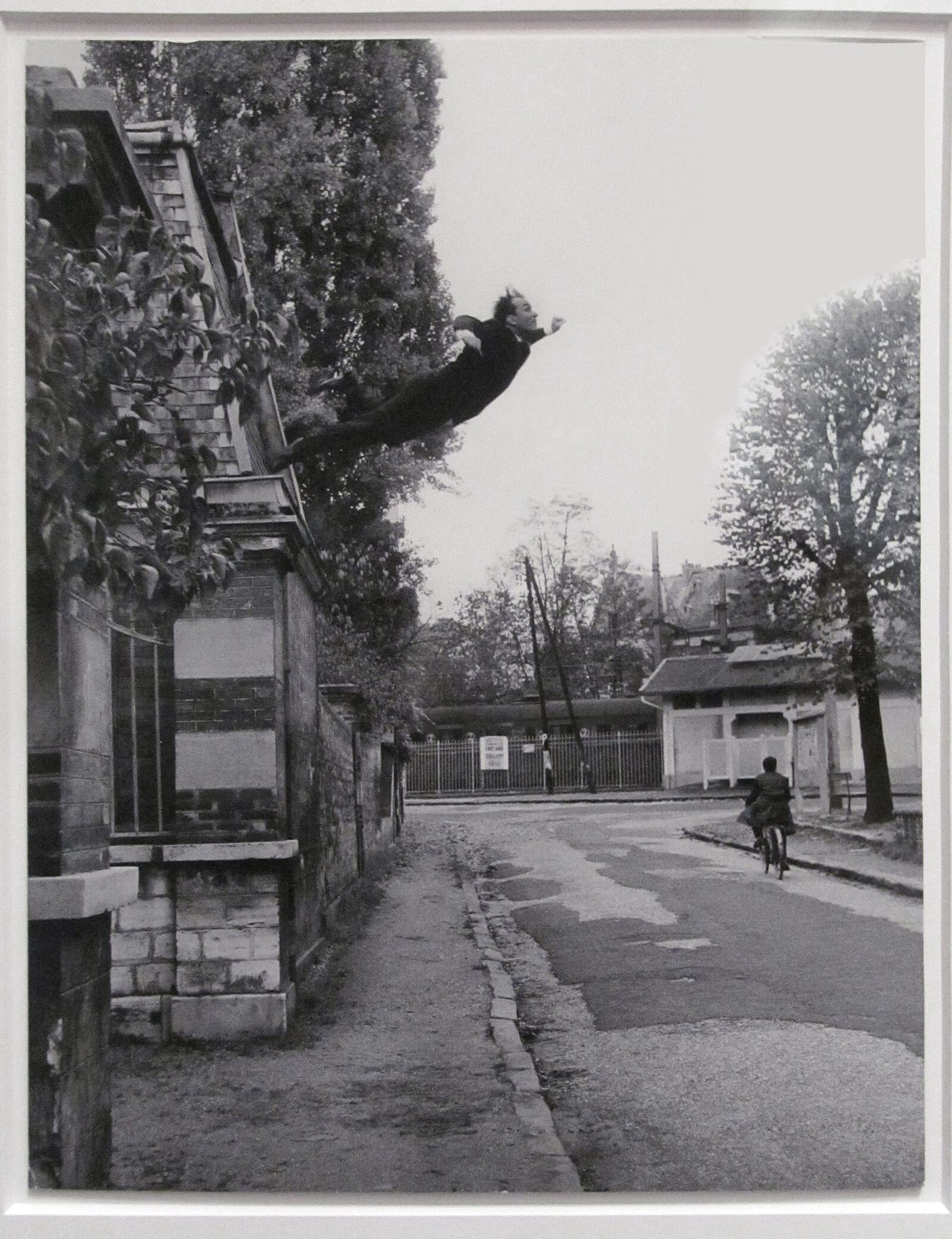

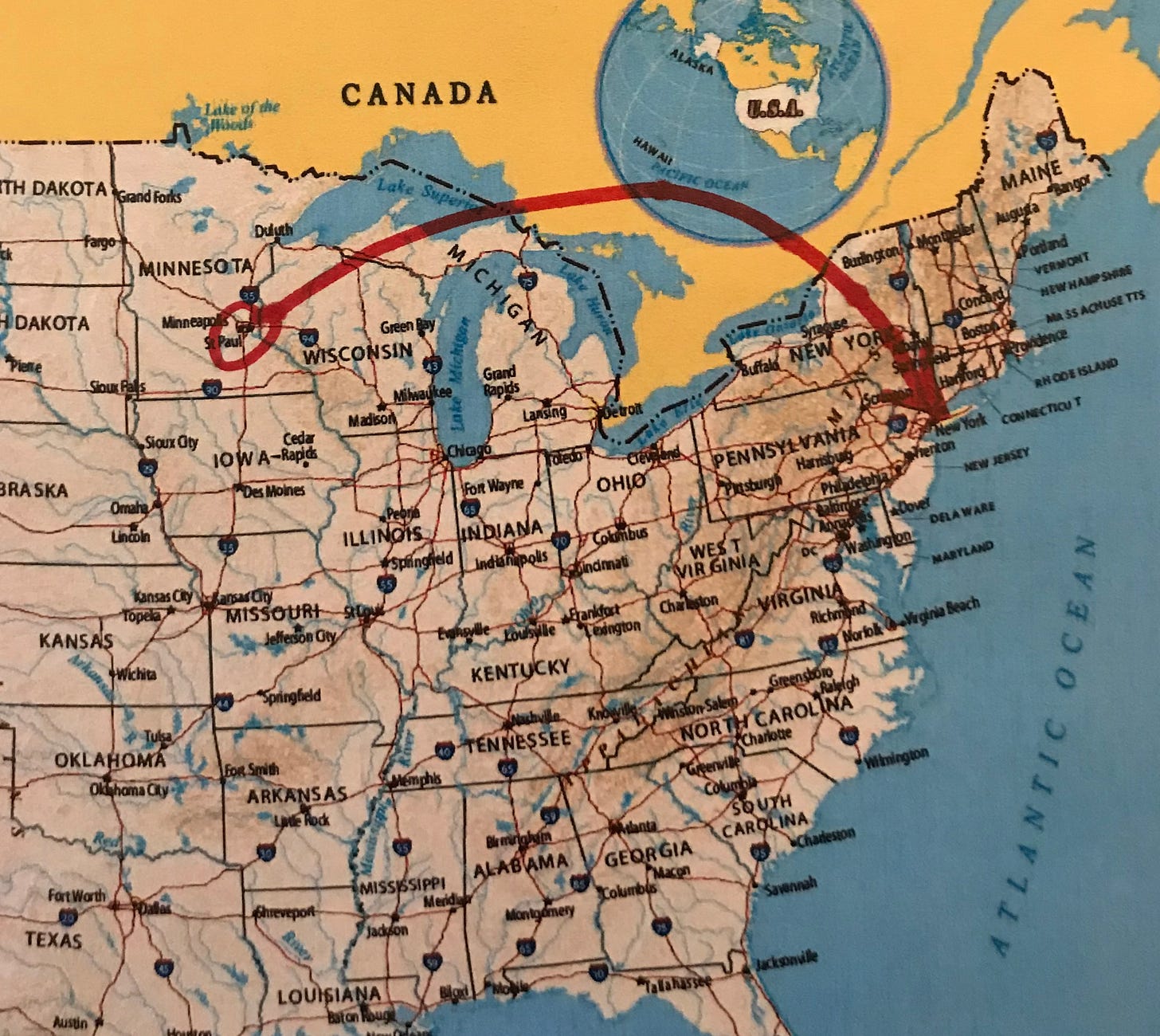

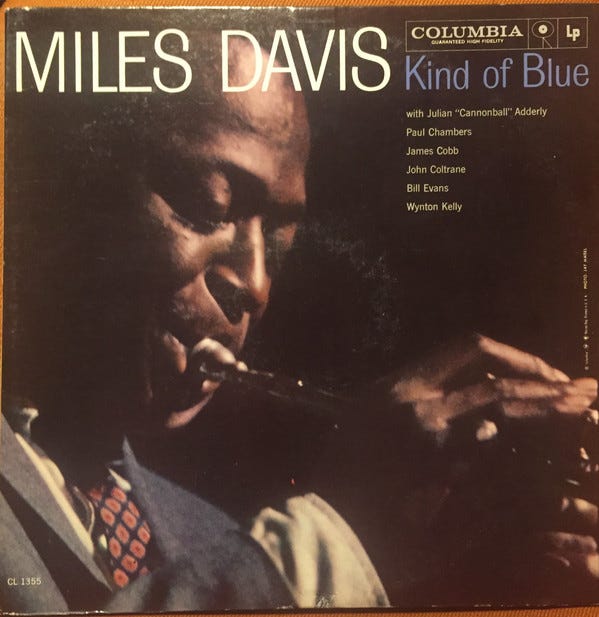
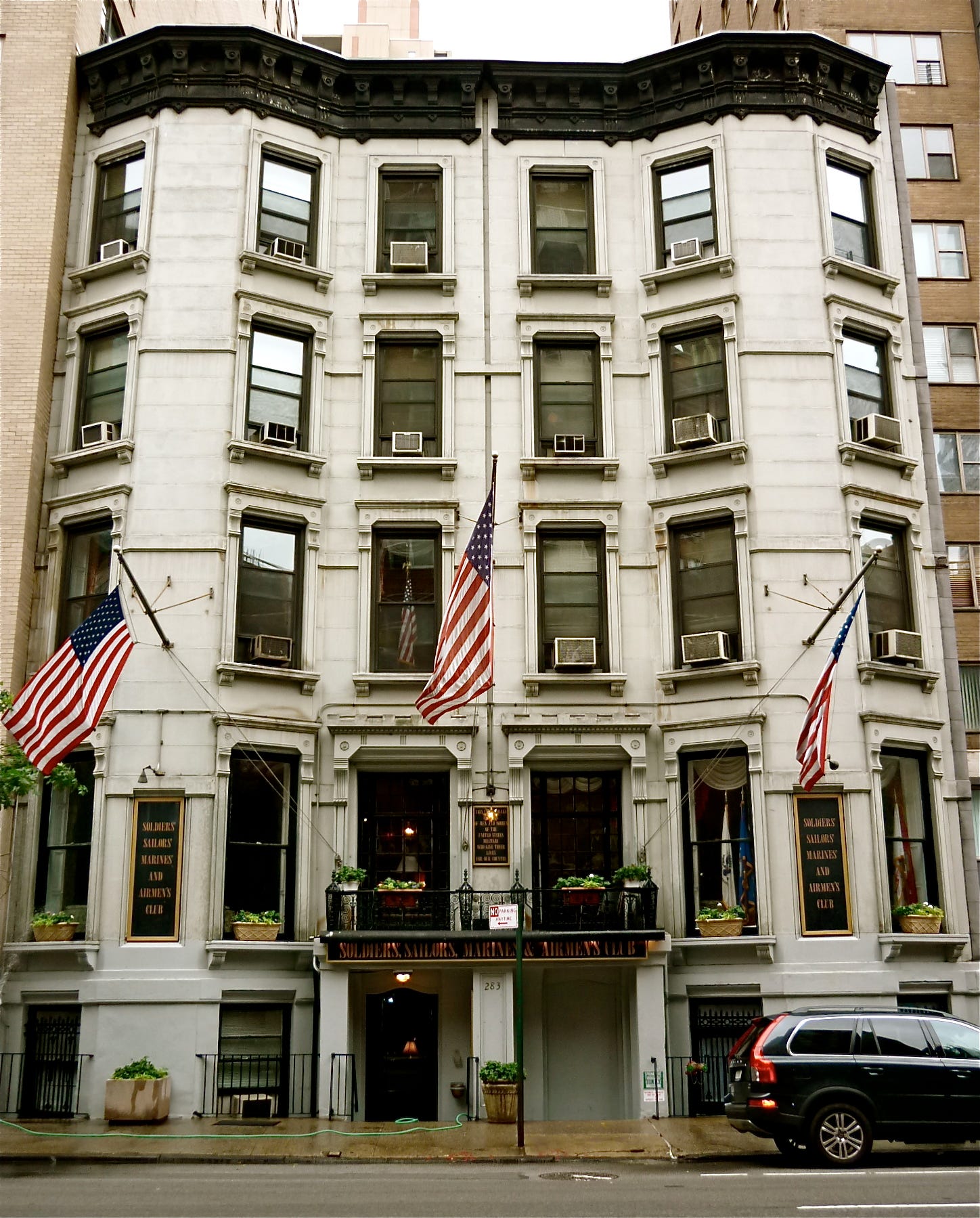

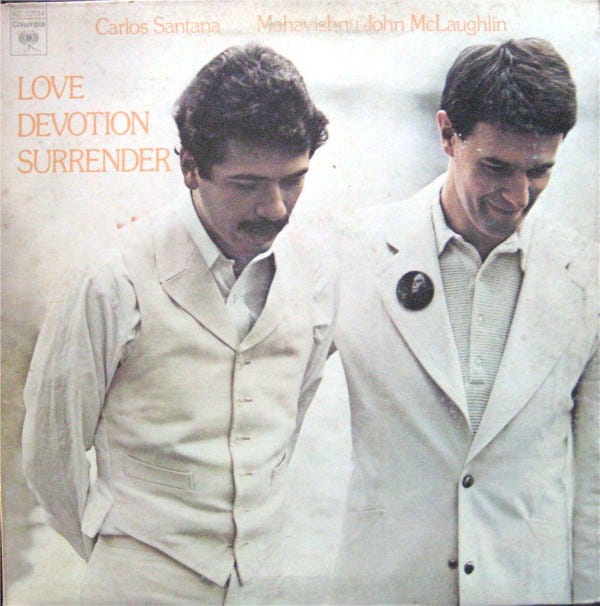


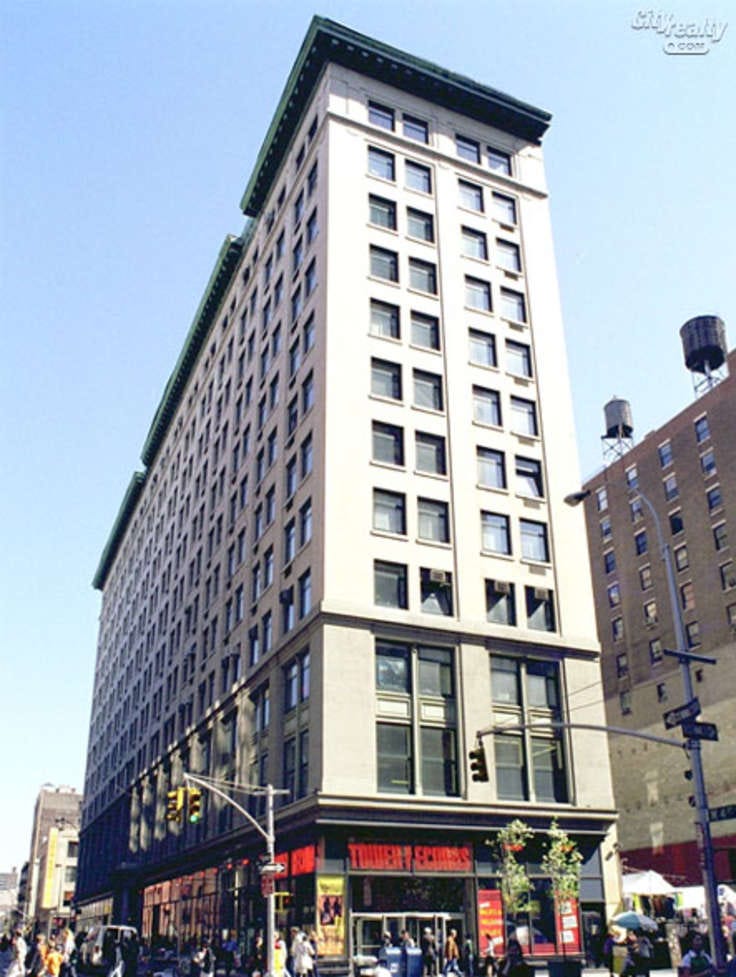
Eddie Harris yes! Found that album a few years ago, a few tracks on the Dinner Jazz playlist!
What a great photo. "Man is condemned to be free; because once thrown into the world, he is responsible for everything he does" -Jean-Paul Sartre